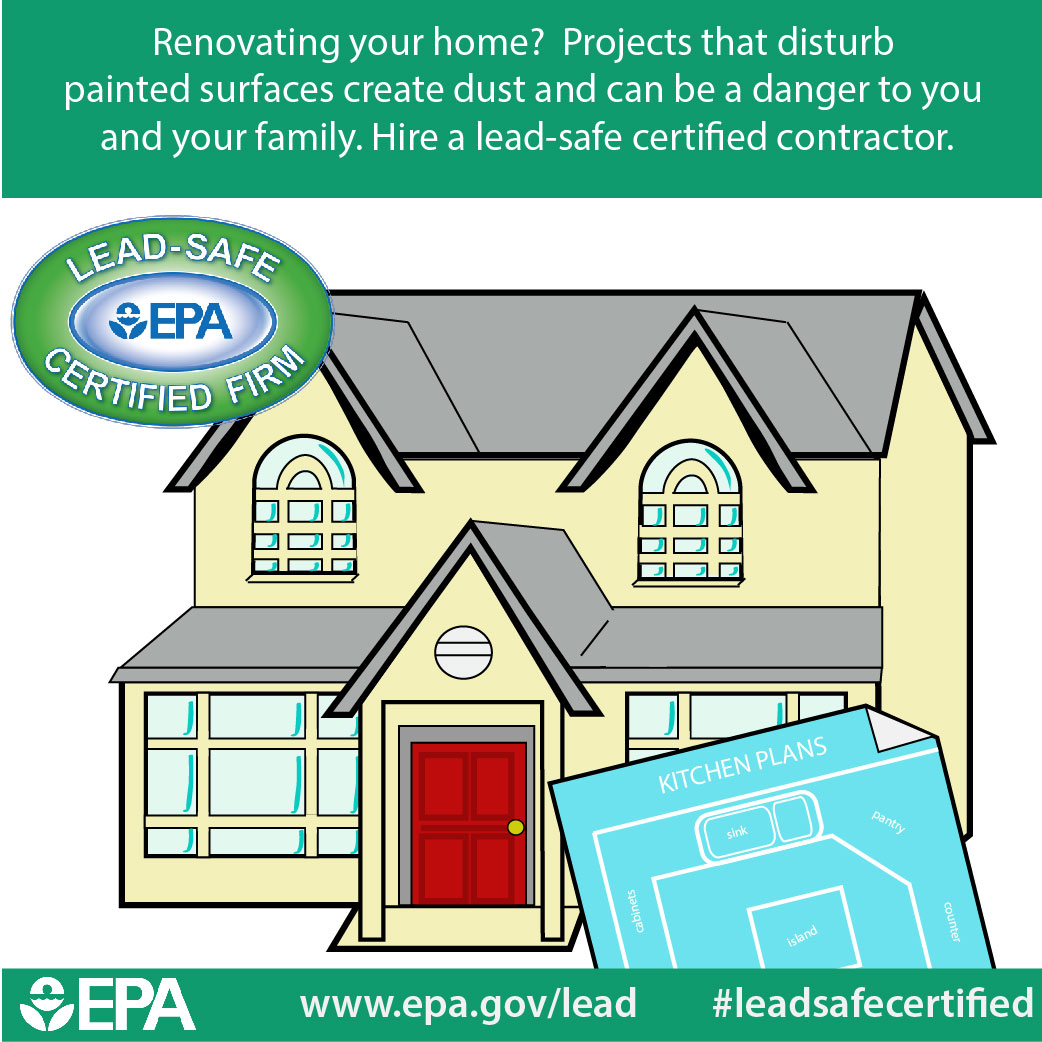Vital Seasonal Aspects Of Commercial Exterior Painting: What You Need To Understand
Vital Seasonal Aspects Of Commercial Exterior Painting: What You Need To Understand
Blog Article
Published By-Aguilar Browne
When you're planning a commercial outside paint project, seasonal elements can make or break your outcomes. You'll intend to take into consideration just how temperature and moisture influence paint application and drying times. Selecting the appropriate period can guarantee your paint sticks effectively and lasts longer. Yet which periods are absolutely the best for this sort of work? Allow's check out the key elements that can influence your task's success.
The Effect of Temperature on Paint Application
When you're preparing a business exterior painting job, the temperature can dramatically affect how well the paint sticks and dries.
Ideally, you intend to repaint when temperatures range between 50 ° F and 85 ° F. If it's too chilly, the paint may not treat appropriately, bring about concerns like peeling or splitting.
On the other side, if it's also warm, the paint can dry also promptly, avoiding correct bond and causing an irregular finish.
You need to additionally consider the moment of day; morning or late afternoon supplies cooler temperatures, which can be a lot more beneficial.
Always examine the manufacturer's referrals for the certain paint you're making use of, as they typically give advice on the suitable temperature level range for optimal outcomes.
Humidity and Its Impact on Drying Times
Temperature level isn't the only environmental element that influences your industrial external paint job; humidity plays a substantial duty too. High moisture degrees can reduce drying times dramatically, impacting the total quality of your paint work.
When the air is filled with wetness, the paint takes longer to heal, which can result in issues like inadequate bond and a higher threat of mold growth. If you're painting on a particularly humid day, be gotten ready for prolonged wait times in between coats.
It's important to keep track of regional weather and strategy accordingly. Preferably, go for moisture degrees between 40% and 70% for ideal drying.
Keeping these factors in mind guarantees your project stays on track and supplies a long lasting finish.
Best Seasons for Commercial Exterior Paint Projects
What's the best time of year for your industrial outside painting projects?
Springtime and very early autumn are normally your best choices. During https://indoorpaintersnearme08652.thenerdsblog.com/40143670/residence-painters-the-essential-aspect-for-a-bright-inviting-and-revitalized-living-space , temperature levels are mild, and humidity degrees are typically reduced, developing optimal problems for paint application and drying.
Avoid https://www.communityadvocate.com/2021/08/26/phelps-painting-carpentry-offers-home-improvement-services-with-integrity/ , which can cause paint to dry too promptly, leading to inadequate bond and surface. In a similar way, winter months's cold temperatures can prevent proper drying out and treating, risking the long life of your paint task.
Go for days with temperatures between 50 ° F and 85 ° F for optimal outcomes. Keep in mind to inspect the regional weather prediction for rainfall, as damp conditions can spoil your project.
Planning around these factors guarantees your painting project runs smoothly and lasts longer.
Verdict
Finally, planning your industrial external painting tasks around seasonal factors to consider can make a substantial distinction in the outcome. By scheduling job during the suitable temperature levels and moisture degrees, you'll ensure far better bond and drying out times. Remember to watch on neighborhood weather forecasts and pick the correct time of year-- springtime and very early fall are your best choices. Taking these steps will certainly aid you achieve a resilient and professional surface that lasts.
